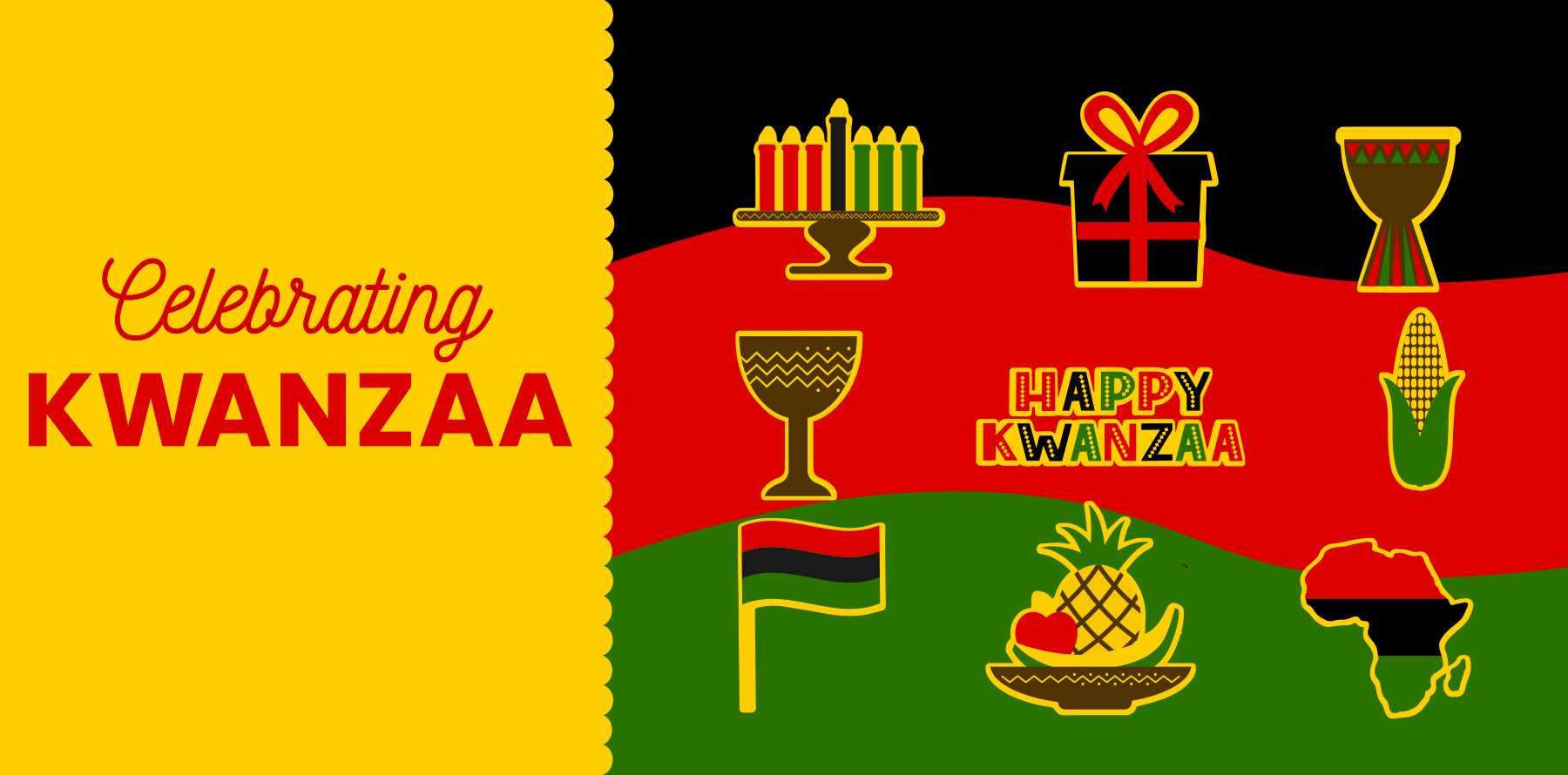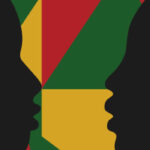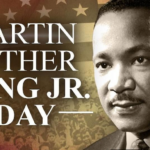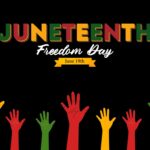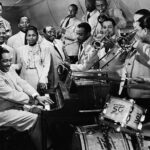Kwanzaa, a festival of lights rich in African symbolism, is a week-long celebration held in the United States and other nations with populations of African diaspora. It honors African heritage, unity, and culture. From its inception in the 1960s to its contemporary observance, Kwanzaa bridges the historical and cultural gap between African traditions and African-American identities. This exhaustive guide delves into every facet of Kwanzaa, exploring its inception, core principles, symbols, and rituals, alongside answering the most commonly asked questions about this vibrant celebration.
What is Kwanzaa?
Kwanzaa is a cultural holiday that celebrates African-American heritage and culture. It is observed from December 26th through January 1st. The holiday emphasizes the African values of family, community responsibility, commerce, and self-improvement.
Why was Kwanzaa Created?
Kwanzaa was created in 1966 by Dr. Maulana Karenga, a professor of Africana Studies, in the aftermath of the Watts riots in Los Angeles, California. It was established as a means to help African Americans reconnect with their African cultural and historical heritage by uniting in meditation and study of African traditions and Nguzo Saba, the seven principles.
How is Kwanzaa Celebrated?
Kwanzaa is celebrated through rituals that include song, dance, African drums, storytelling, poetry reading, and a large traditional meal. On each of the seven nights, the family gathers, and a child lights one of the candles on the Kinara (candleholder), then one of the seven principles is discussed. The celebration also includes giving gifts, especially handmade gifts that promote self-determination, purpose, and creativity.
Where is Kwanzaa Celebrated?
While Kwanzaa was created in the United States, it has gained popularity in other countries, especially those with large communities of African descent, including Canada, the United Kingdom, the Caribbean, and parts of Africa.
Who Celebrates Kwanzaa?
Kwanzaa is celebrated by people of African descent worldwide, regardless of their religious background or nationality, as a homage to their heritage and culture.
The Seven Principles (Nguzo Saba)
- Umoja (Unity): To strive for and maintain unity in the family, community, nation, and race.
- Kujichagulia (Self-Determination): To define ourselves, name ourselves, create for ourselves, and speak for ourselves.
- Ujima (Collective Work and Responsibility): To build and maintain our community together and make our siblings’ problems our problems and solve them together.
- Ujamaa (Cooperative Economics): To build and maintain our own stores, shops, and other businesses and to profit from them together.
- Nia (Purpose): To make our collective vocation the building and developing of our community to restore our people to their traditional greatness.
- Kuumba (Creativity): To do always as much as we can, in the way we can, in order to leave our community more beautiful and beneficial than we inherited it.
- Imani (Faith): To believe with all our hearts in our people, our parents, our teachers, our leaders, and the righteousness and victory of our struggle.
Symbols of Kwanzaa
- Kinara (Candle Holder): Represents African roots, the original stalk from which we came.
- Mishumaa Saba (Seven Candles): Symbolize the seven principles.
- Kikombe cha Umoja (Unity Cup): Used to perform the libation ritual during the Karamu feast on the sixth day.
- Mkeka (Mat): Symbolizes tradition and history as the foundation on which we build.
- Mazao (Crops): Represent the harvest, celebrating labor and the fruits of collective planning and work.
- Zawadi (Gifts): Signify the commitments made and kept, the fruits of labor.
- Bendera ya Taifa (The Black, Red, and Green Flag): Represents the people, the struggle, and the future and hope that comes from their struggle.
Top 20 Questions About Kwanzaa
- When was Kwanzaa first celebrated?
- Kwanzaa was first celebrated in 1966.
- Can non-African Americans celebrate Kwanzaa?
- Yes, people of all backgrounds are welcome to celebrate and honor the values of Kwanzaa.
- Is Kwanzaa a religious holiday?
- No, Kwanzaa is a cultural holiday, not tied to any religion.
- What does each candle color represent?
- The black candle represents the people, the red candles represent their struggles, and the green candles represent the future and hope that results from their struggles.
- How many principles are discussed each night?
- One principle is discussed each night of the festival.
- What is the significance of the gifts?
- Gifts, preferably handmade, emphasize the values of labor, self-determination, and purpose.
- Can Kwanzaa be celebrated alongside other holidays?
- Yes, Kwanzaa can be celebrated in conjunction with other holidays.
- What foods are typically served during Kwanzaa?
- Foods include African dishes, as well as those featuring ingredients Africans brought to America, such as sesame seeds, peanuts, sweet potatoes, collard greens, and spicy sauces.
- What is the meaning of the name “Kwanzaa”?
- Kwanzaa derives from the Swahili phrase “matunda ya kwanza,” meaning “first fruits.”
- Who created Kwanzaa?
- Dr. Maulana Karenga created Kwanzaa in 1966.
- Is there a traditional greeting for Kwanzaa?
- The greeting is “Habari gani?” which is Swahili for “What’s the news?”
- Why are two a’s used in “Kwanzaa”?
- The extra “a” was added to differentiate the holiday from the Swahili term for the first fruit celebration.
- How is the Unity Cup used?
- It’s used to perform a libation ritual in honor of ancestors.
- What is the significance of the mat (Mkeka)?
- It symbolizes the foundation of tradition and history.
- Can Kwanzaa decorations be bought or must they be handmade?
- While many prefer handmade items to reflect the principle of creativity, bought items are also acceptable.
- Is there a specific order to light the candles?
- Yes, the candles are lit from left to right.
- What does the black candle stand for?
- The black candle symbolizes the African people.
- How can schools celebrate Kwanzaa?
- Schools can celebrate by teaching about the principles of Kwanzaa, displaying Kwanzaa symbols, and encouraging students to share their own traditions.
- What is the Kwanzaa feast called?
- The feast is called Karamu, and it takes place on December 31st.
- How has Kwanzaa evolved over the years?
- While remaining true to its original principles, Kwanzaa has become more widely recognized and celebrated across the globe, reflecting a growing appreciation of cultural diversity and African heritage.
Kwanzaa stands as a vibrant testament to the strength of cultural heritage, the value of community, and the power of returning to one’s roots. By understanding and embracing the principles and practices of Kwanzaa, individuals and communities alike can forge a deeper connection to African culture and its profound impact on the world.

